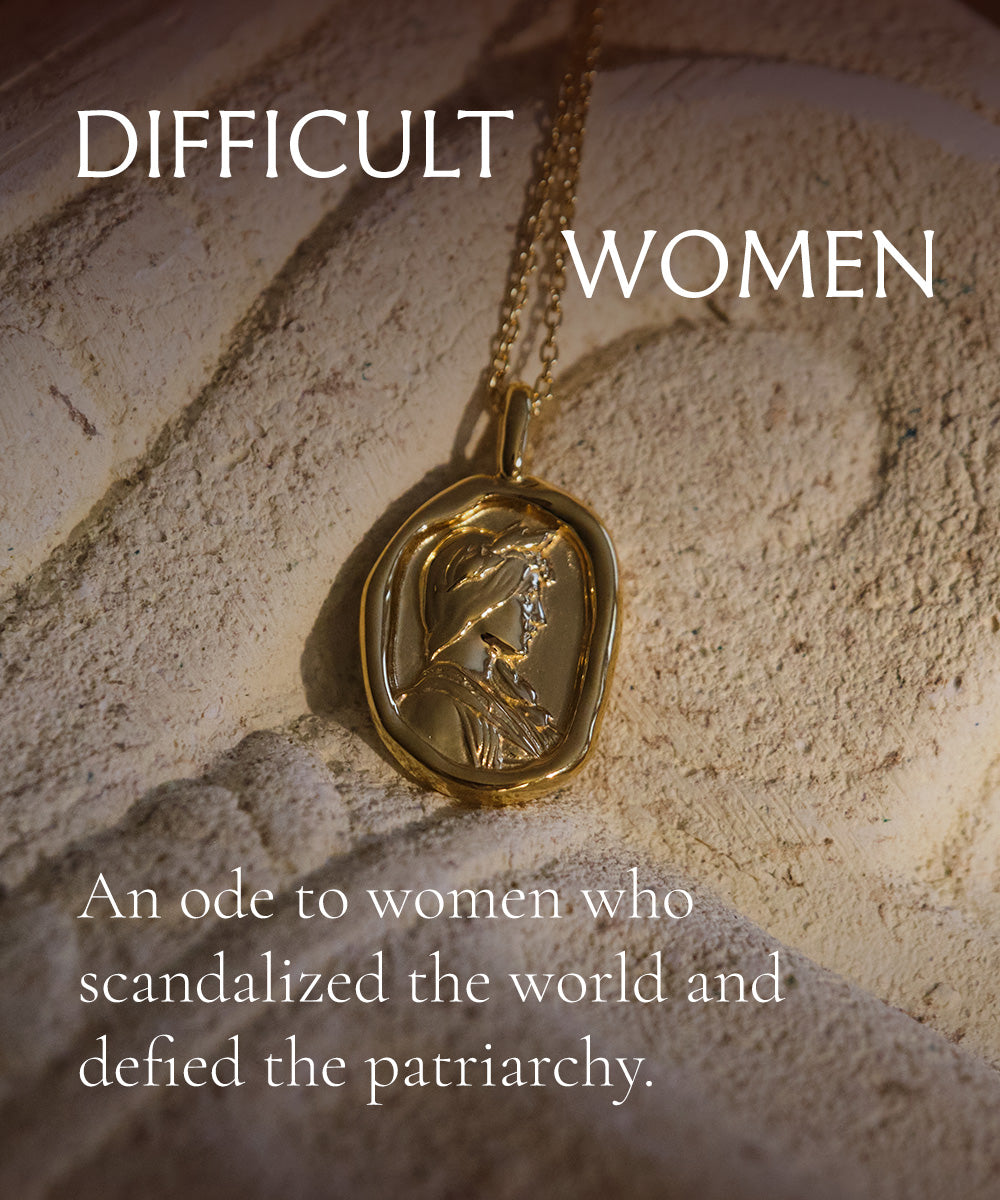This time of year my thoughts always return to the rites of Kore. I might be coping with the world folding in on itself, and the similar changes I experience within my own inner world, or it may just be an inherent fascination with etiological myth, to say nothing of the powerful duality of delicate springtime maiden and Queen of the Underworld within one goddess.
Her more widely known name, Persephone, means “bringer of death,” in the sense that her deft but gentle hand is a comfort and a guide to those making their descent. In this way, and as the goddess of the Eleusinian mysteries, she herself is the door to worlds unknown, a portal to revelations. Among her other epithets in Homer and among cults (Euripides calls her arrētos, “she who none may name,” Homer calls her agauē and hagnē, “venerable” and “demanding respect”). Persephone is her name as mistress of the house of Hades. In these rites, she is often referred to as Kore, which means, simply, “maiden.”
A while back, I outlined the Ovidian myth from which the Eleusinian mysteries sprang, and Thesmophoria, the holiday that ancient Greek women celebrated in honor of the mother and daughter goddesses. The story of Persephone is so inherently familiar because it reflects the common cyclical nature of life. The changing of the seasons in which the world falls asleep and bursts back to life, the stages of womanhood, and the promise that we see in the nature of all living beings: life begets life. In the separation of mother and maiden, we see shades of death, winter, grief, loss, change. These things are transformative, yet no feeling is final.
Through the crone/grandmother/wise woman archetype embodied by deathless Hecate, we find a living pattern. It’s Hecate who reunites the young goddess with her mother. The wisdom of age brings about the breath of youth. This nonlinear, self sustaining pattern returns over and over again to itself. It is perfect, it is whole, it is inherently feminine, it is exactly the sort of archetypal psychology that, when understood and embraced, carries people through the transformations wrought on us through the pleasures and pains of love and loss, leading us closer to the richness of our own lived experiences.
The reunification of Demeter and Kore is symbolic of regenerative cycles, internal and external. This, then, is the spiritual enlightenment sought by those who performed the rites of Kore. While the followers of the two goddesses sought eternal life and a cycle that surpasses death, performing those secret rites lost to time and memory, there is a stronger, more widely-known cycle: that of the ever-evolving self. However far we stray on our quests, there is a torch that burns at each crossroads, a reminder of home at each crucial stage of the soul’s journey.
Of course this sort of spiritual transfiguration is no simple matter. Initiates would spend 18 months preparing for their vow of secrecy and revelations before the priestesses of Kore. For nine days, they would fast, sacrifice, and perform these lost rites before embarking on a dark procession to a deep inner sanctum leading to a ritual none can speak of to this day, but left initiates breathless, unafraid, and transformed.
This sacred story has been echoed through every school of spiritual thought. Regeneration is one of those undeniable truths of the inner and outer worlds. One cannot see the earth explode back to life and ignore the great triumph over death. One cannot brush with loss and return to the world of the living without recognizing the richness and vibrancy of the cycle. It is inherent to every living being. Most who lived in Athens and Eleusis were not citizens, and could not participate in most parts of social customs and orders, but all were welcomed into the arms of the Eleusinian Mysteries, who recognized every person as spiritually equal in the eyes of the Thesmophoroi.
There is comfort in patterns. From the physical to the cosmological, we ought not break from tradition, but accept, examine, even embrace the seasons that so change us. They are cyclical, annual, an endless, comforting constant. Persephone then, is the symbol of everlasting youth, continuity, and life springing forth through the ice. When melancholia has crystallized around your heart, the springtime goddess promises ascent.









